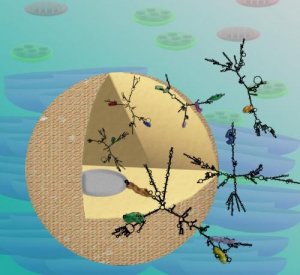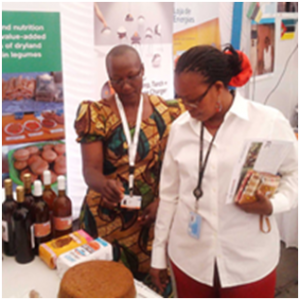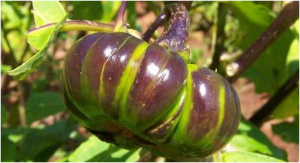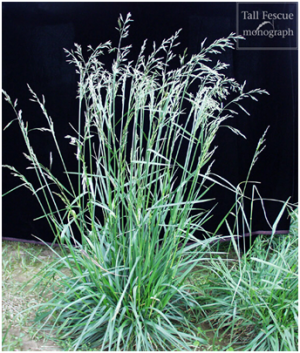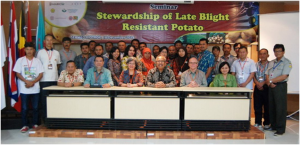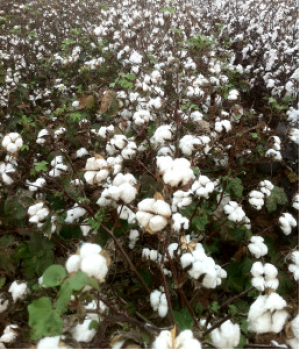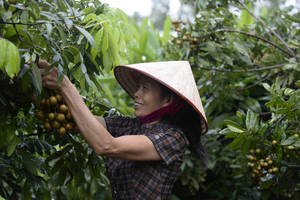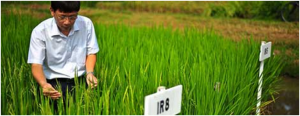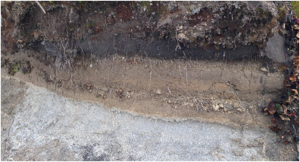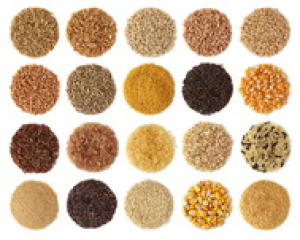|
Research Identifies Genetic Markers to Unlock Diastatic Power of Barley
Monday, 2017/07/10 | 07:54:16
|
|
Genetic markers that could help unlock the diastatic power of barley were identified by researchers at the James Hutton Institute and Scotland's Rural College (SRUC). Diastatic power (DP) is a malt's ability to break down starches into simpler and fermentable sugars during mashing. The process is important in the production of grain whisky where the mash consists of up to 90% of unmalted cereal with the remaining barley component added in quantities sufficient for starch breakdown.
The research team gathered information from 100 spring and 100 winter barley lines, with malting quality potential and different diastatic power potential. After initial testing, these lines were reduced to 24 lines of spring and 24 lines of winter barley. These were used to identify and validate candidate diastatic power genes. The samples were grown in the James Hutton Institute farm, and the markers used to predict high and low DP lines. To test the accuracy of the predictions, samples were sent to the Scotch Whisky Research Institute for micro-malting analyses.
Dr. Bill Thomas, one of the researchers who has worked in the two year DP GENES project, said, "The project has enabled us to identify a group of genetic markers associated with high diastatic power which are compatible with current breeding programmes. This means that varieties purposefully bred for high diastatic power and high yield could be available in the next five years."
For more, read the article at the Agriculture and Horticulture Development Board website.
Figure: The DP GENES project will be showcased at this year’s Cereals in Practice event, held at Saphock Farm, Oldmeldrum, AB51 0EY on 6 July from 2.45pm – 6.30pm. |
|
|
|
[ Other News ]___________________________________________________
|


 Curently online :
Curently online :
 Total visitors :
Total visitors :
(14).png)
